Last updated on December 31, 2023
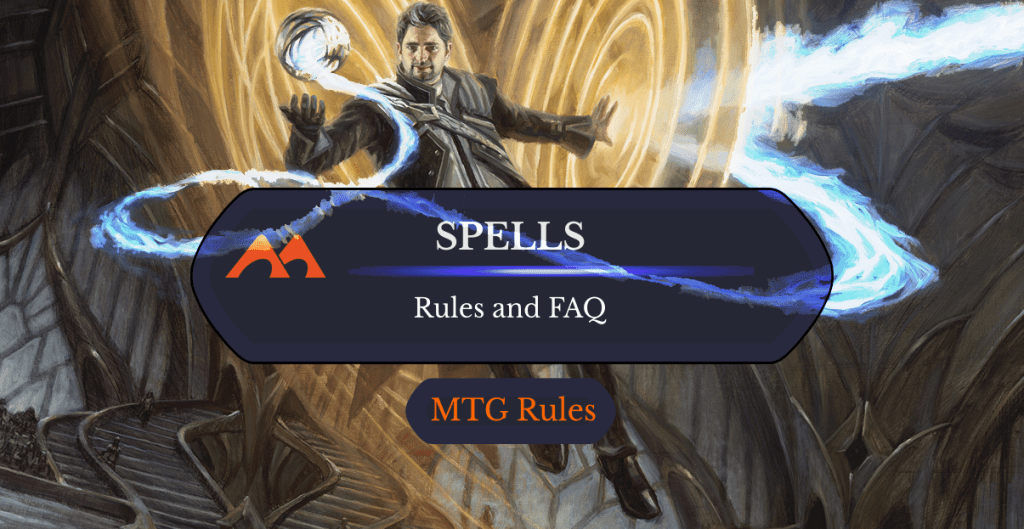
Elite Spellbinder | Illustration by Ryan Pancoast
The word “spell” can be a confusing term for new Magic players. It’s easy to think that it should just mean “instant or sorcery,” but it’s actually more complicated than that.
Worry not! I’ll be using my L1 judge brainpower to sort it out for you. Let's get into it!
What Counts as a Spell in MTG?
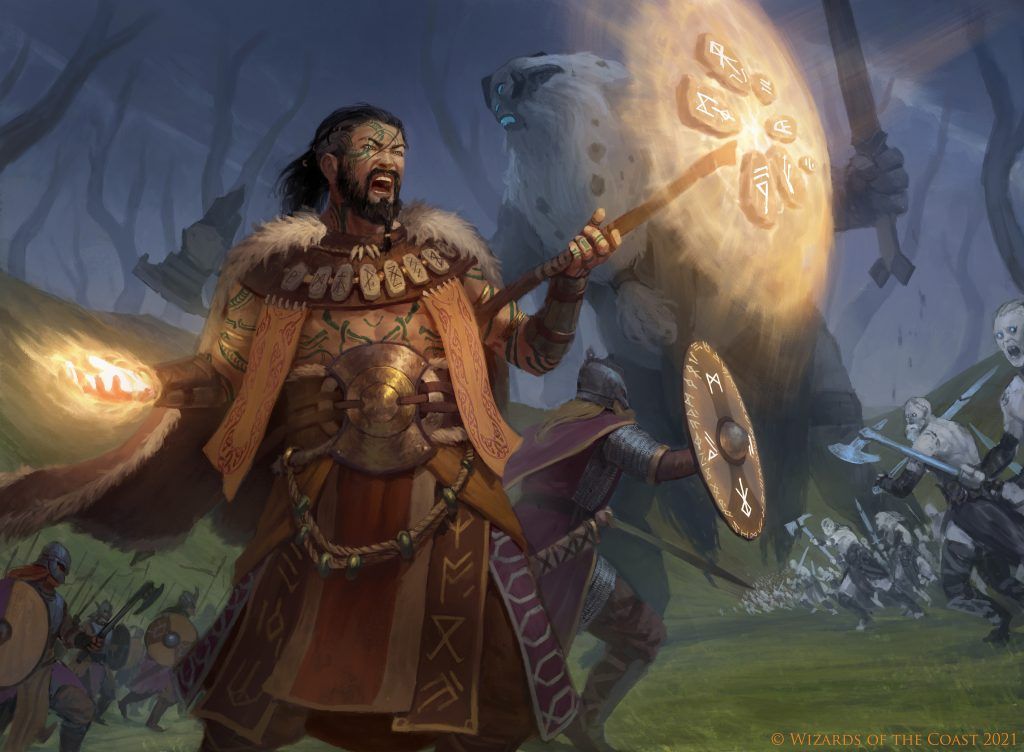
Codespell Cleric | Illustration by Manuel Castañon
A spell is a card that’s on the stack. Cards in your hands aren’t spells, and permanents on the battlefield don’t count either. When you cast a card, it becomes a spell until it resolves.

Even though most abilities use the stack, they don’t count as spells. For example, you’re not casting a spell when you activate Merfolk Looter’s tap ability. A spell must be either a physical card on the stack or a copy of another spell.
Do Creatures Count as Spells in MTG?
Creatures are spells when you cast them, and while they remain on the stack. Once they resolve and enter the battlefield, they become permanents instead of spells.
Counterspells like Essence Scatter can target a creature while it’s on the stack, but they can’t target a creature that’s already on the battlefield because it’s no longer a spell. Likewise, Murder can destroy a creature on the battlefield, but it can’t target a creature on the stack because Murder doesn’t target a “creature spell.”
Is an Instant a Spell in MTG?
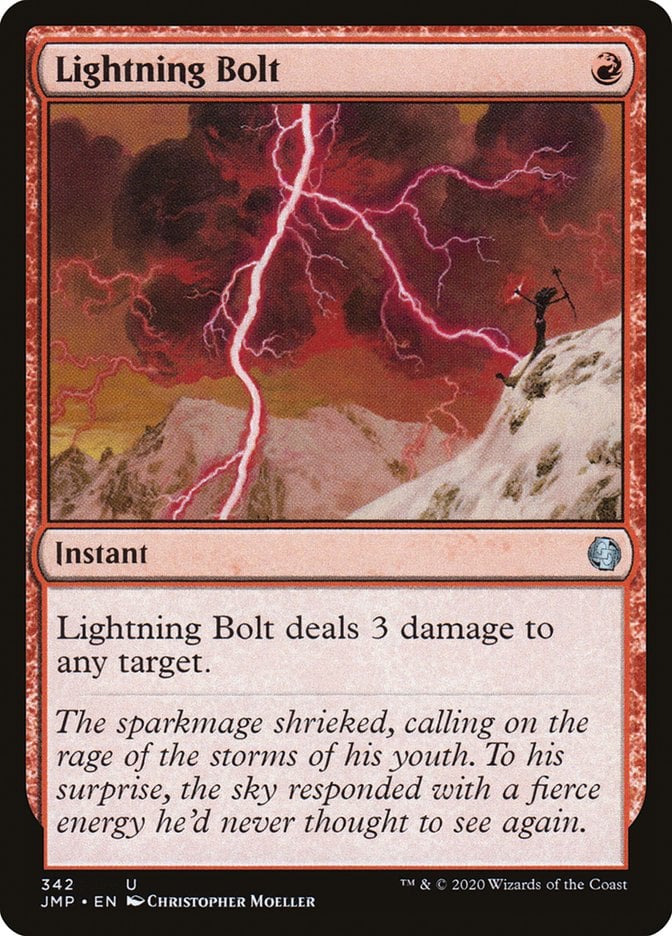
Instants are spells while they’re on the stack, but nowhere else. A Lightning Bolt in your hand is an instant card. Once you cast it, it’s an instant spell for as long as it exists on the stack.
Is a Sorcery a Spell in MTG?
Sorceries are also spells while they’re on the stack. Players often use the word “spell” as shorthand for “instants and sorceries,” but those aren’t the only types of spells in Magic.
Is a Planeswalker Considered a Spell?
Planeswalkers are also spells while they’re on the stack. A planeswalker card in your hand becomes a planeswalker spell when you cast it, and then it becomes a planeswalker permanent on the battlefield. Using a planeswalker loyalty ability doesn’t count as casting a spell.
Is a Basic Land a Spell?
No, lands are never spells. Basic or nonbasic, lands are never cast. They move directly from other zones to the battlefield without using the stack. When you play a land it immediately enters play and never exists on the stack to be interacted with.
Does Tapping Land Count as a Spell?
No, tapping a land doesn’t count as casting a spell. Mana abilities don’t use the stack, and other activated abilities of lands aren’t spells even if they use the stack.
Are Permanents Spells?
Permanents on the stack are considered spells, but they’re just permanents once they resolve. Cards that mention “permanent spells” refer to spells on the stack with permanent types.
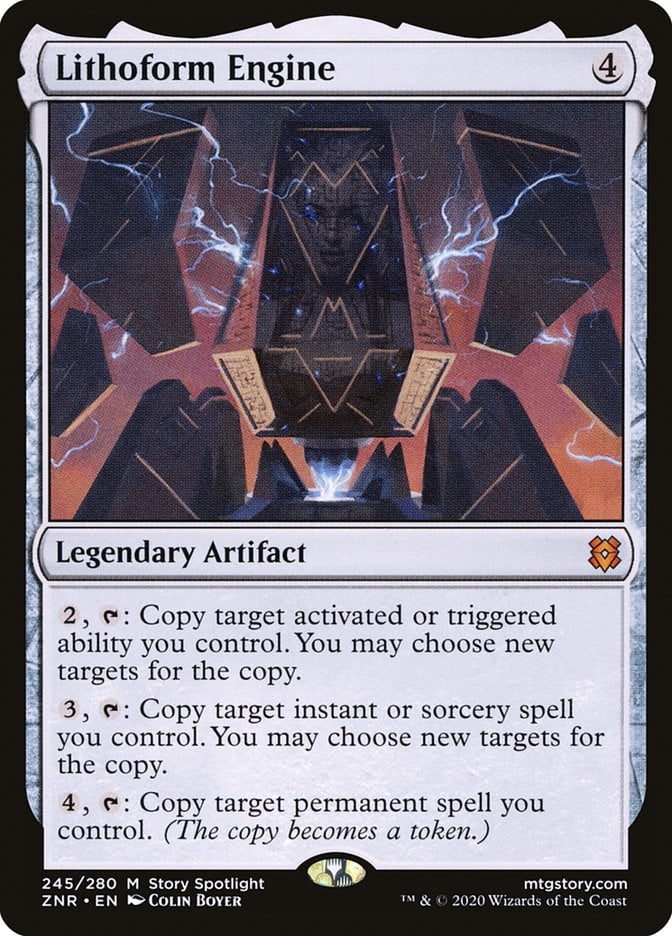
For example, the last activated ability on Lithoform Engine copies a permanent spell, which is different from just copying a permanent. Lithoform Engine can target a permanent on the stack, which creates a token copy of that permanent. It can’t target a permanent that’s already on the battlefield.
Does Bloodrush Count as a Spell?
No. Bloodrush and similar discard abilities like cycling and channel aren’t spells because you don’t cast them. They're activated abilities that you use from your hand. The actual cards go to the graveyard while the activated ability goes on the stack. That ability wasn’t cast, so it’s not a spell.
How Do Spells Resolve?
A spell resolves when it’s the top card of the stack and each player passes priority. Casting a spell gives each player a chance to “respond” to it before it resolves, in turn order. Your spell resolves if everyone declines to take an action. If someone casts another spell or activates an ability, that goes onto the stack above your original spell, repeating the process.
Permanents enter the battlefield when they resolve. Resolving an instant or sorcery means you do everything on the card in the order that it’s written and then put that card in the graveyard.
Is Playing a Spell the Same as Casting?
Yes! Playing and casting a spell are the same thing. Some older cards make this confusing, but the language has been clarified on modern cards. If an effect says you can play a spell, that’s functionally the same as saying you can cast a spell.
This is different for lands, which can only be played but never cast.
When Are Cards Considered Spells?
Cards are only considered spells when they're on the stack. Spells don’t exist in your library, hand, battlefield, or any other zone. A card becomes a spell when you move it from any zone to the stack. It’s no longer a spell once it resolves.
Are Copies Still Considered Spells?
Yes, a copy of another spell is considered a spell itself. If you cast Mentor's Guidance and copy it, both the original and the copy are spells on the stack. If your opponent has a Negate, they can target either one.
What if You Cast a Copy of a Card?
Casting copies works similarly to just casting a normal card from your hand. Some cards put extra copies of a spell on the stack, like Sea Gate Stormcaller, while others instruct you to copy a spell and then cast it, like God-Eternal Kefnet. While these are different scenarios they both result in copies on the stack, which are still considered spells.
What Is a Spell Ability?
A “spell ability” isn’t an official Magic rules term, but it might refer to “cast triggers.” Some cards like Cityscape Leveler or storm cards like Grapeshot have triggers that happen when you cast the spell. These triggers go on the stack above the original card and resolve before it. The triggered ability is treated as a separate source from the spell that caused it to trigger.
Imagine you cast Cityscape Leveler. You put the creature spell on the stack, which causes its cast trigger to happen. That trigger goes on the stack above Leveler and resolves first. The creature spell is the next object on the stack, and your Leveler enters play once that resolves.
Good luck opponent!
How Do Tribal Spells Work?
Tribal spells work like any other spell. “Tribal” is a card type that allows non-creatures to have associated creature types, but it doesn’t change the way you cast a spell. Casting Tarfire is exactly the same as casting Shock.
What’s the Difference Between a Card, a Permanent, and a Spell?
“Card” means a literal, physical card. Your hand, library, and graveyard are composed of cards. A card can be in your hand, on the stack, on the battlefield, wherever. As long as it’s a physical card that you can sleeve up and put in your starting deck, it’s a card. Tokens, however, are not considered cards.
A permanent is any object on the battlefield, including cards and tokens. Permanents that aren’t on the battlefield are either “permanent cards” or “permanent spells.” Banishing Light can’t target cards in graveyards because they’re permanent cards, not permanents on the battlefield.
Spells are objects on the stack. They’re usually cards that have been cast and moved to the stack from whatever zone they were in (usually your hand). They have the characteristics of whatever card types they are. For example, a creature on the stack is a “creature spell” or “permanent spell,” while an instant is an “instant spell” or “noncreature spell.”
Spells vs. Abilities vs. Effects
Spells are cast, and abilities that use the stack are either activated or triggered. Spells aren’t abilities, and abilities aren’t spells. An “effect” is the result of a spell or ability. Spells and abilities are objects on the stack, while effects are the actual game actions that take place when those spells or abilities resolve.

For example, if you cast Lightning Bolt, Bolt is the spell and three damage is the effect.
That Stack Is Empty

Mercurial Spelldancer | Illustration by Marcela Bolivar
Spells represent a core element of Magic. We’re supposed to be powerful wizards slinging spells at one another, so it helps to know what a spell actually is. Confusion for newcomers comes when players shortcut talking about instants and sorceries as just “spells,” which makes it sounds like those are the only types of cards that count as spells.
Mark Rosewater has stated that he wishes Magic had started with a “spell” card type and added instants, sorceries, and interrupts as subtypes, like how auras are a subtype of enchantment. The damage is done, so now we just have to live with the confusion. Hopefully I’ve cleared it up for you!
Got any other spell-related questions? Let me know in the comments below or over in the Draftsim Discord.
Thank you for making Draftsim your #1 stop for all things Magic!
Follow Draftsim for awesome articles and set updates:
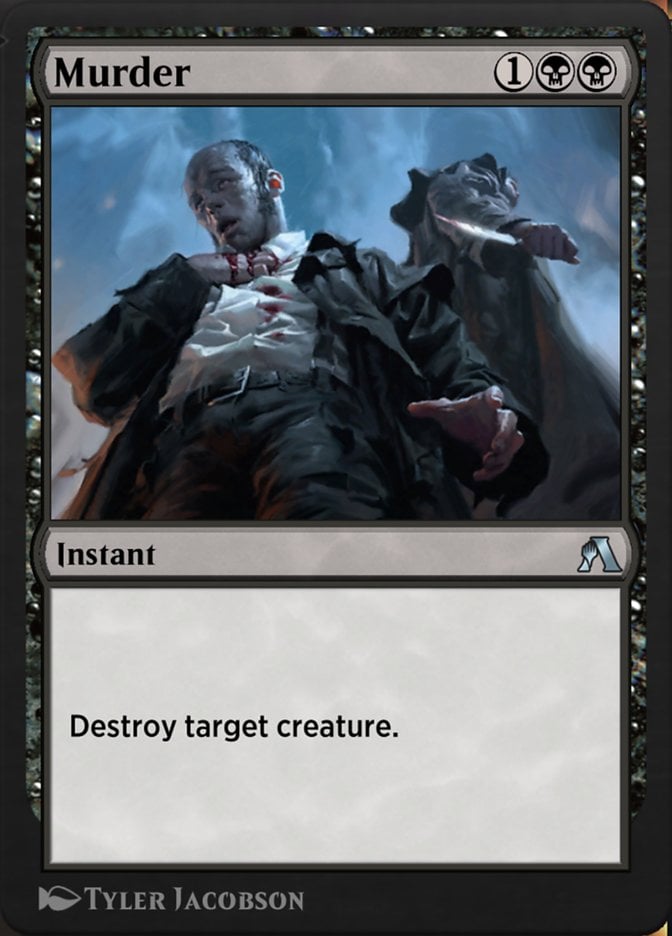
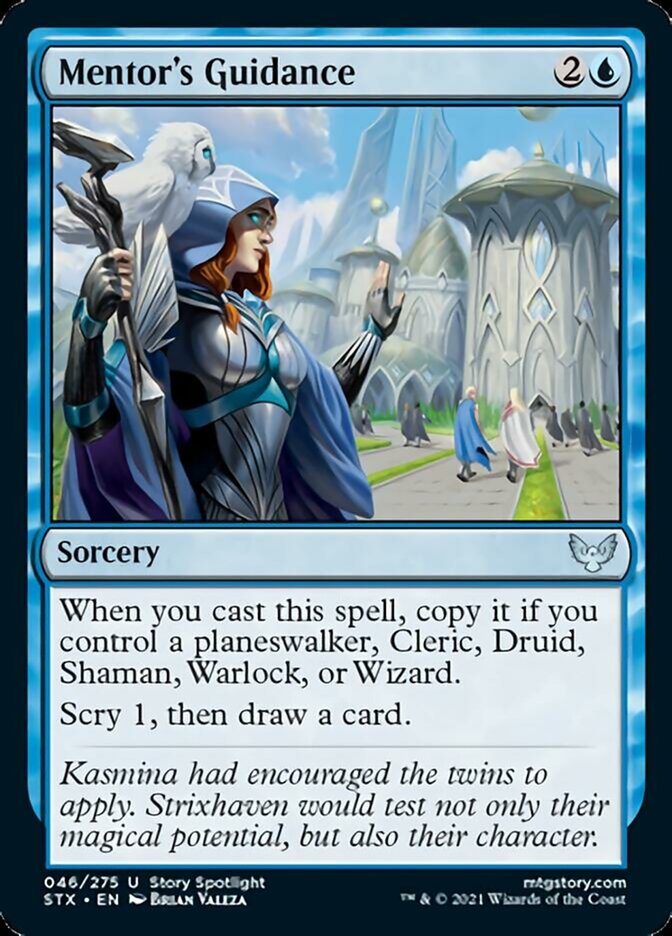
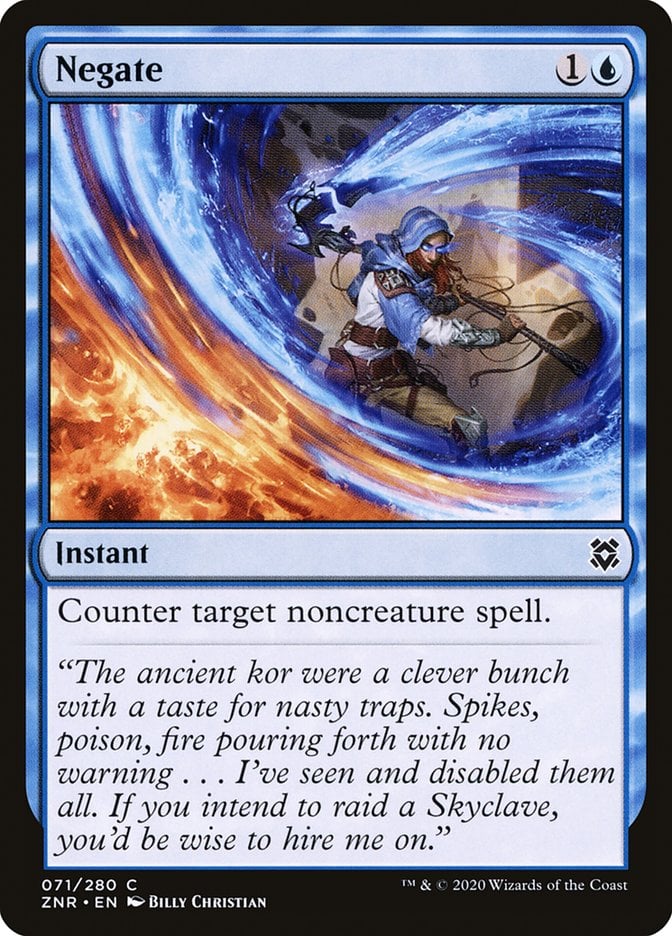
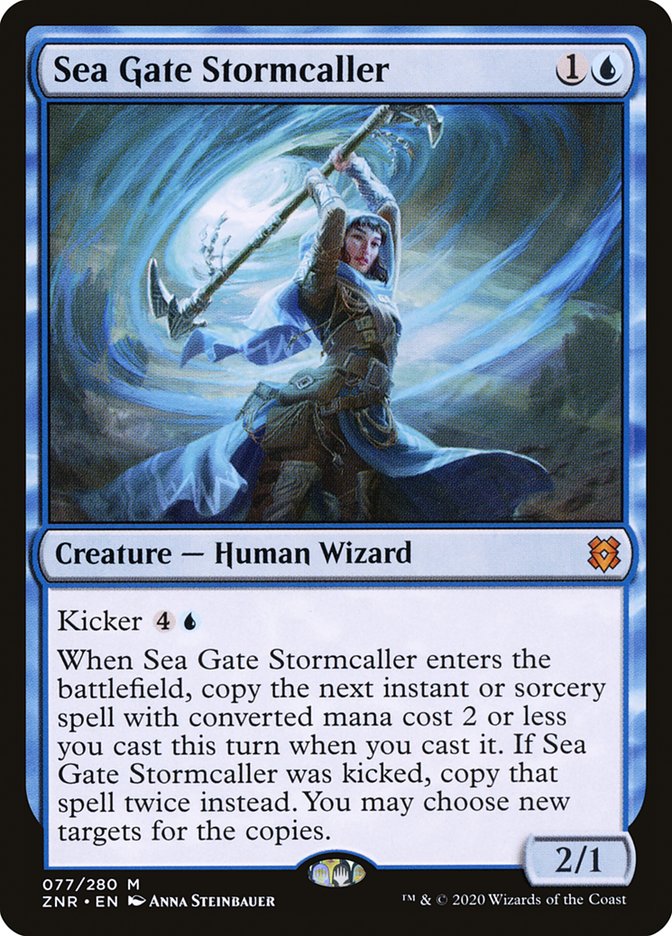
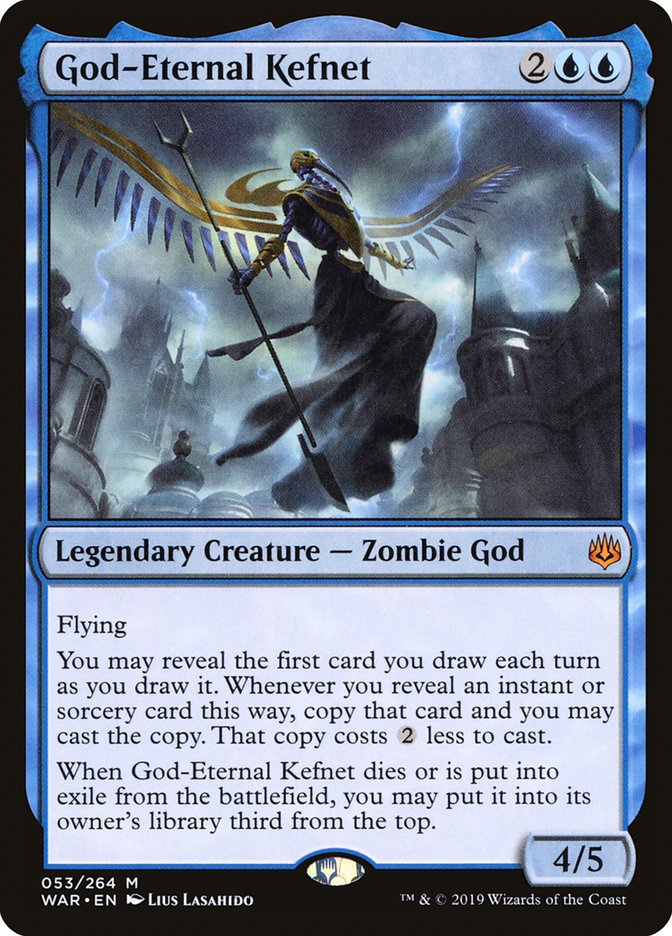
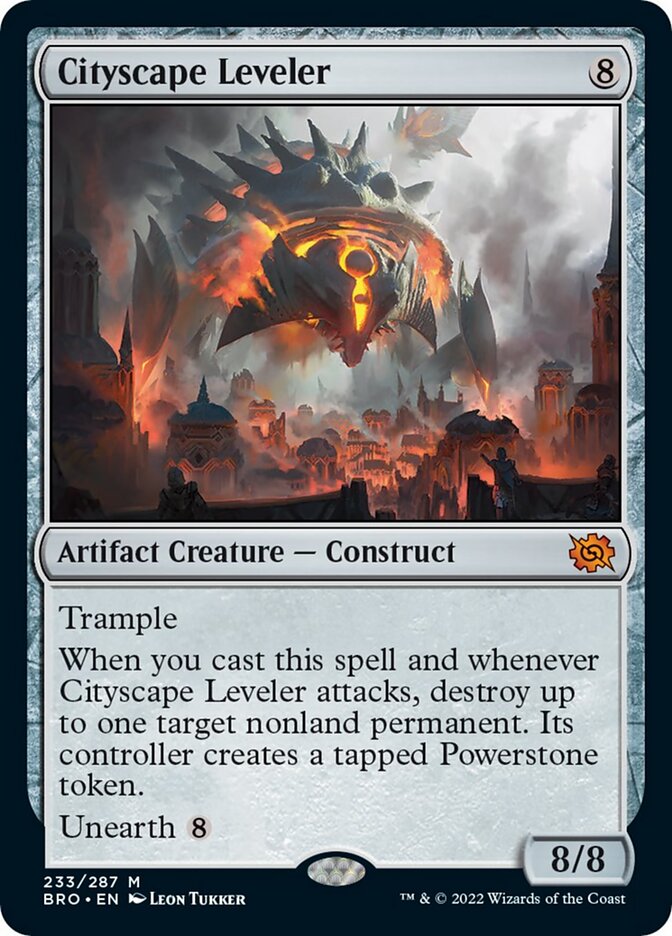

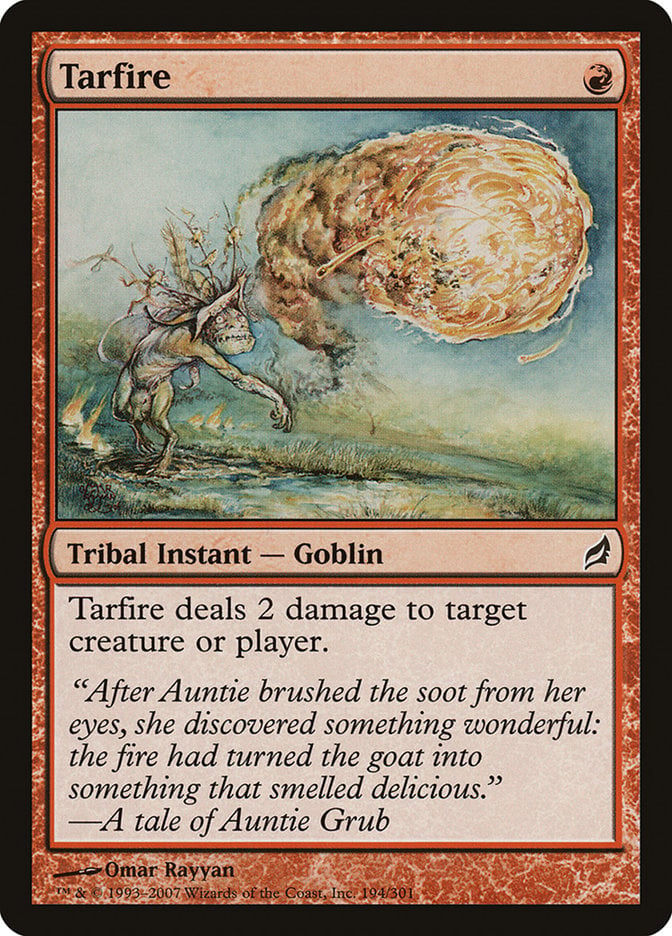
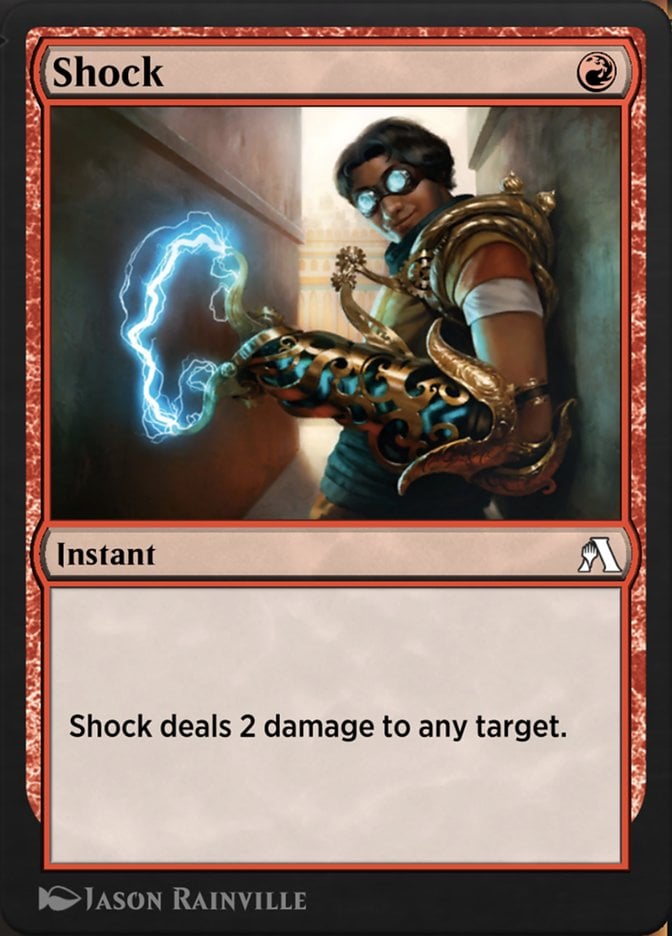
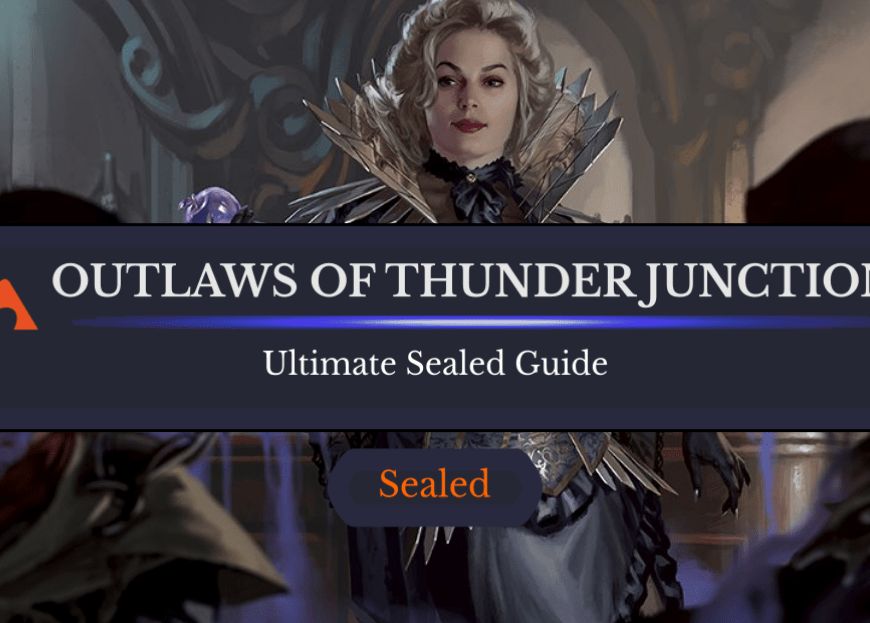

Add Comment